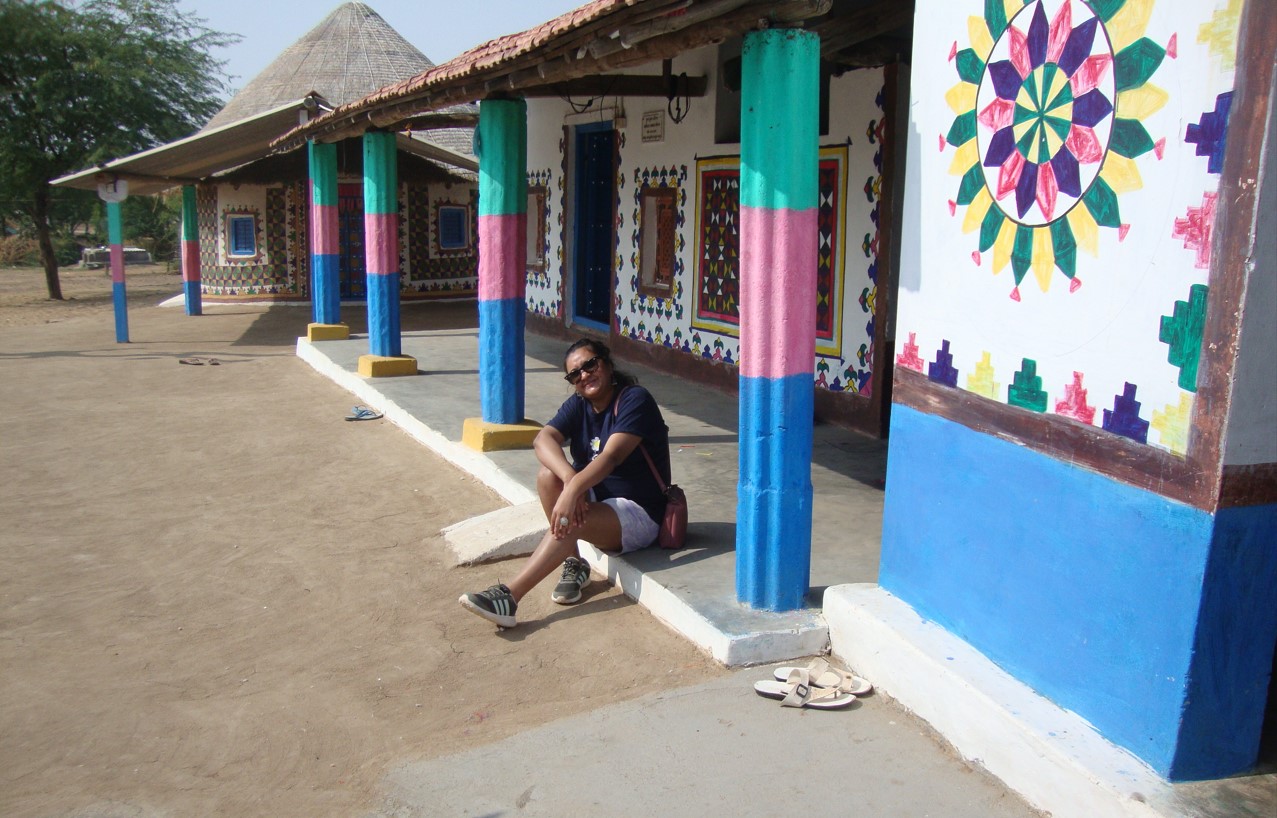By Nivi Shrivastava
Indian small towns are fascinating in their quirky ways with their unique history and folklores. Vadnagar, a small town in the Mehsana District of Gujarat, is not just another small town but an interesting hamlet with a lot of historical significance. Like any other small town in the country, Vadnagar too was a typical slow township quietly guarding the archeological secrets of 4,500 hundred years in its magnificent ruins and ancient monuments spread across the settlement. A sudden spotlight on this little town shined on when the current Prime Minister of India, Narendra Modi, visited his hometown Vadnagar after winning the Lok Sabha elections in 2014. In the past few years, the place has undergone a quick makeover but the antiquity remains intact in the alfresco buildings and old-world doors that add a peculiar characteristic to this hamlet.
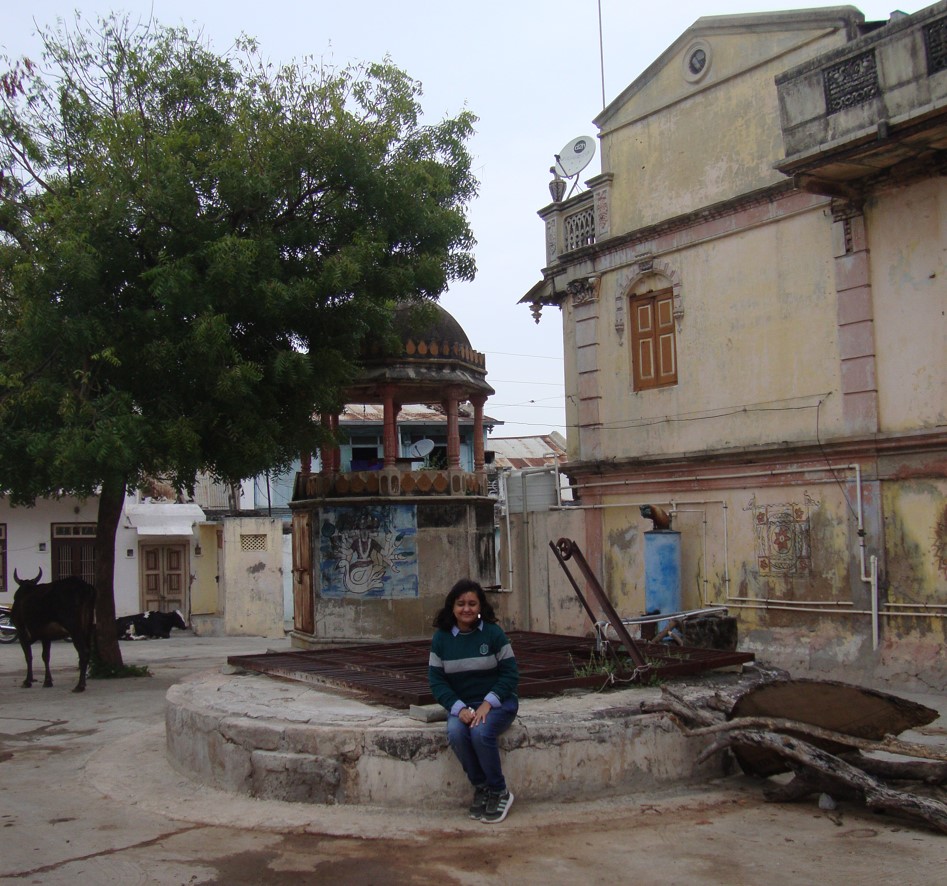
Touristy attractions:
One of the most popular tourist spots in the present times is the Vadnagar Railway Station, where you can find the old non-functional tea stall that was once run by the current PM Modi. The station has undergone a major facelift since 2014, and is surrounded by beautiful modern pillars and walls around the vicinity. According to the legends, the modern-day city of Vadnagar (named after the Banyan tree) was once known as Chamatkarpur, Anandapur, Anartapur, and Vruddhanagar during different eras and was regarded as a prominent region in the ancient civilization. The main water body in the town is the Sharmistha Lake with a small island connected by a 7 km long inlet canal. The island has been developed into an urban park and has a stadium. Some other attractions are Jain temples, Amarkund, and Gauri Kund that are frequented by tourists who visit the town.
Kitschy portals of the past:
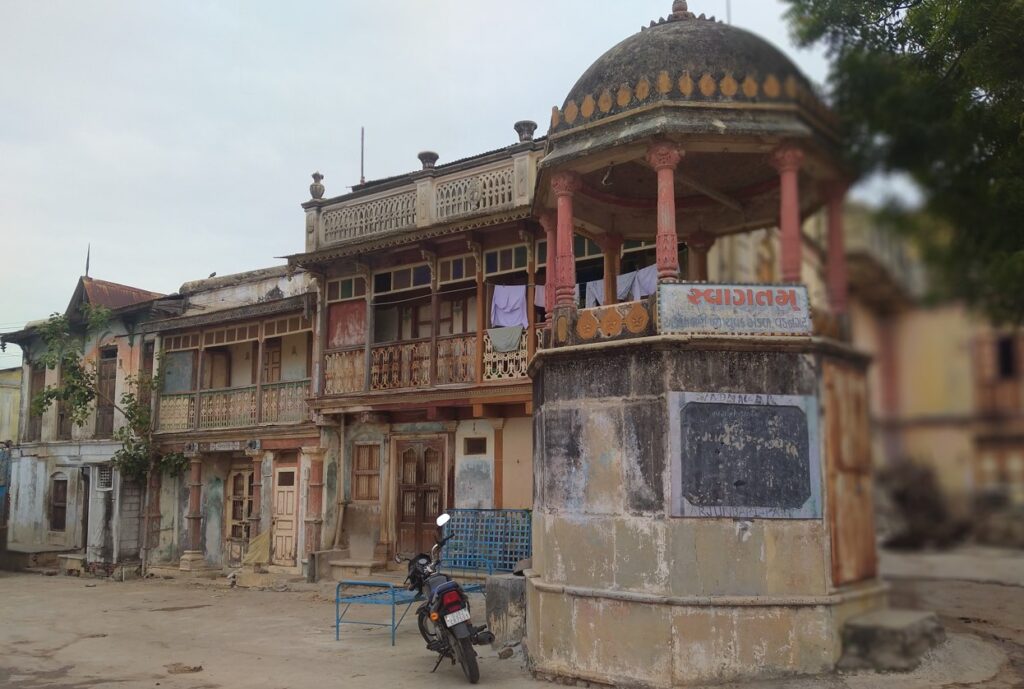
Once upon a time, the city of Vadnagar was believed to be the center of commerce and trade during the reign of Solanki kings in the 12th century. The famous tourist attraction here is the twin Kirti Torans (victory columns) built in 12th century during the Solanki period. Built in red and yellow sandstone, the two columns are supported by arches with intricate carvings and sculptures depicting the architecture of ancient Gujarat kingdoms. As a symbol of valour on the bank of Sharmistha Lake, these columns are among the few surviving examples of entrance gates that were erected to display battle tales and stories of war. On the road to these monuments, one can find some unique old-world havelis with brilliant alfresco arts on the exterior walls. The locals who live here claim these abodes to be more than 200 years old and still use the old-style wooden doors in bright colours accentuated with metal knobs and handles. The fascinating olden doors of Vadnagar have a signature window-style opening in the bottom of the door, which was meant for ventilation before electricity.
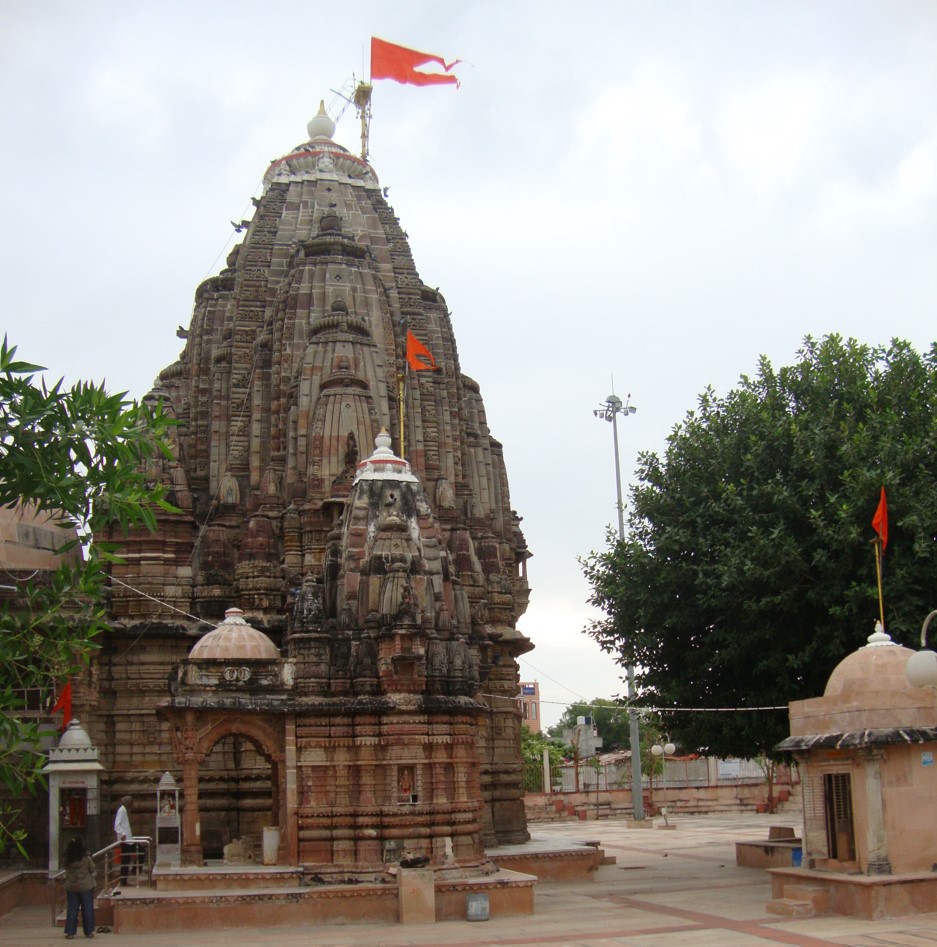
A little ahead from the Kirti Torans is the famous 15th-century Hatkeshwar Mahadev temple, a popular shrine for the Nagar Brahmin community. According to the folklore, the Shiva linga in this temple self-emerged from the earth (swayambhu) around which the shrine was built using red sandstone in Indo-Saracenic architecture. The outer walls of the temple depict the exemplary ornamentation created with sandstone carvings decorated with signature animal and floral motifs embossed around rock sculptures of Gods, Goddesses, mythical creatures, dancing apsaras, musicians, and scenes from ancient scriptures of Ramayana and Mahabharata. A little offbeat but historically important place to visit in the Vadnagar is a recently excavated Buddhist Monastery from the 7th century CE, which is mostly ruined but one can see the remains of stupas and an open central yard identified in the ancient texts.
What to eat and shop:
If you are travelling to the town, don’t forget to try out the famous “chai” from any tea joint or cafes in the town with some Gujju street food like mirchi pakora, fafda, thepla or dhokla. The Gujarati food is a delightful combination of vegetarian dishes with a burst of sweet, salty, and tangy flavours, so the best thing to try in the town would be a traditional Gujarati thaali. Pick up some vibrant Gujarati Patola weaves or tie-and-dye dupattas with mirror work or block prints for your wardrobe. The oxidized silver jewellery, leather juttis, puppets, and bright cotton bags with traditional motifs and copper bells are some of the things that you can purchase at pocket-friendly rates.
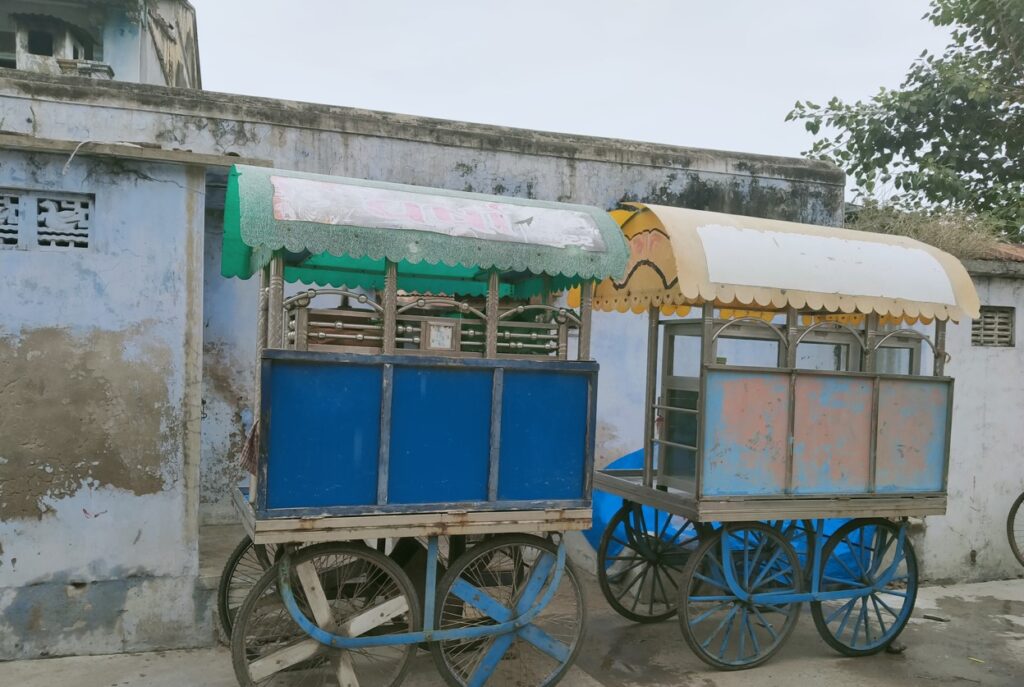
How to get to Vadnagar
By Road: Mehsana (35 km), Ahmedabad (111 km)
By Train: Siddhpur, Patan railway station, 42 km from Vadnagar
By Air: Nearest airport is Ahmedabad (111 km)
(Trip and experince courtesy : Gujarat Tourism )
